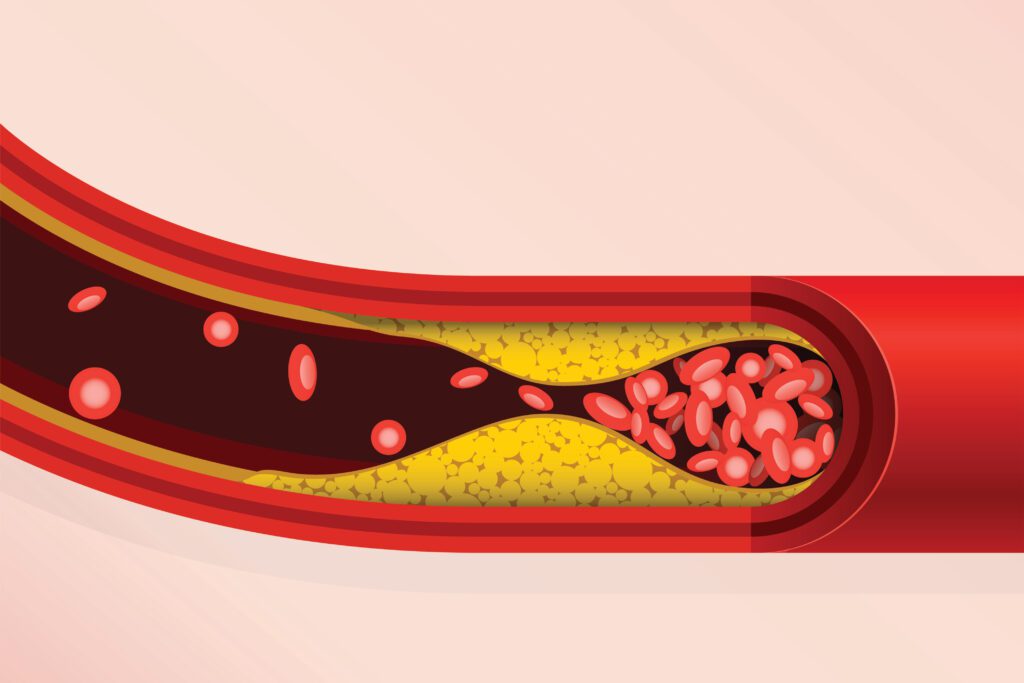Annual Aging Well Section
As you age, the steps you need to take to maintain your health change as well. By being mindful of these shifts in your health and wellness, you can readily embrace your golden years. Here, we’ve gathered the facts and consulted the experts about a variety of topics that you might encounter as you or your loved ones age, with the hope of helping you stay informed and up-to-date about aging well.
This new, minimally invasive procedure is designed to reduce the risk of stroke during surgery for those with carotid artery disease.
Transcarotid Artery Revascularization (TCAR) is a new, clinically proven hybrid procedure that was designed with patients at high risk for open surgery in mind. TCAR is well-suited to any patients with carotid artery disease who might be at higher risk of surgical complications due to age, comorbidities, or other anatomical issues.
How It Works

TCAR is a unique procedure that temporarily reverses blood flow in the arteries so that any loose bits of plaque are diverted away from the brain, which prevents a stroke from occurring. It accomplishes this via the ENROUTE® Transcarotid Neuroprotection System, which utilizes a filtering device for plaque redirection. After the flow is reversed, a stent is then implanted, which provides long-term plaque stabilization and stroke prevention.
Benefits for Patients
This latest advancement in stroke prevention comes with a whole host of benefits in comparison to older, more traditional procedures, such as:
Less Scarring
Prior to the development of TCAR, the primary surgical procedure for preventing stroke was carotid endarterectomy (CEA). This procedure used a long vertical incision nearly the length of one’s neck; with TCAR, the incision is much smaller and located at the base of the neck.
Short Recovery Time
Most patients who undergo this procedure recover very quickly. Patients nearly always go home the next day with the ability to return to their normal daily lives.
Lowest Risk of Stroke
When it comes to stroke prevention, TCAR is the new gold standard. While CEA also carries a low rate of stroke, it also has a higher rate of heart attack or nerve damage due to the incision size. TCAR is less invasive and boasts the lowest reported risk of stenting stroke rate at 1.4%.
Less Invasive
TCAR is much less invasive than alternatives like CEA thanks to the small incision size. This makes it a much better option for elderly or higher-risk patients who might not want to undergo open surgery.
Ultimately, this procedure is an excellent option for anyone with carotid artery disease at elevated risk, and it is designed with patient health and comfort in mind.





